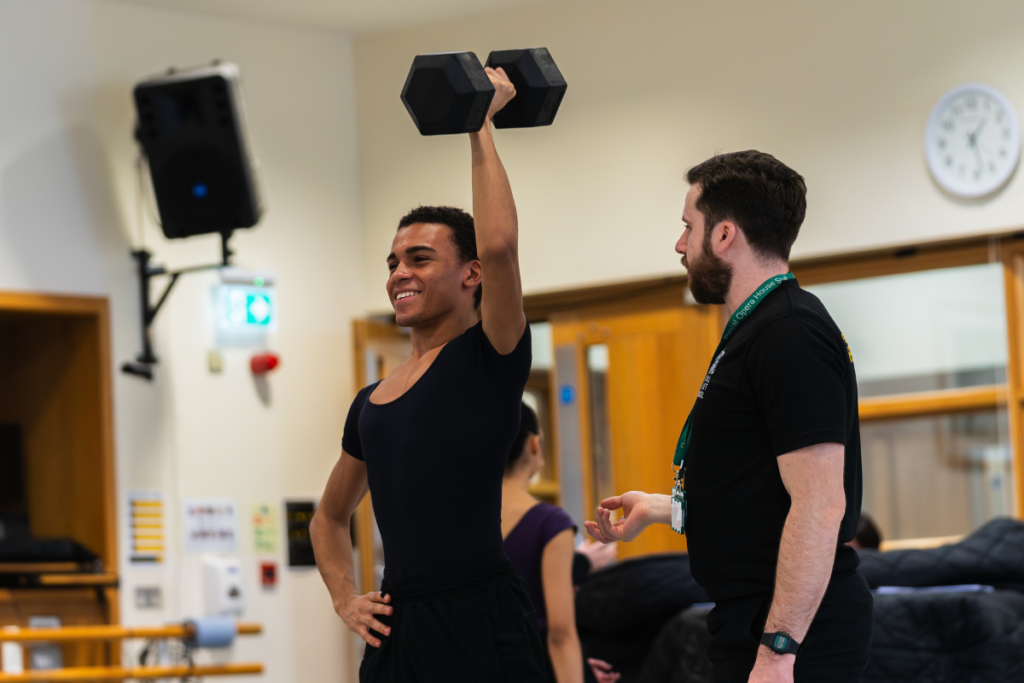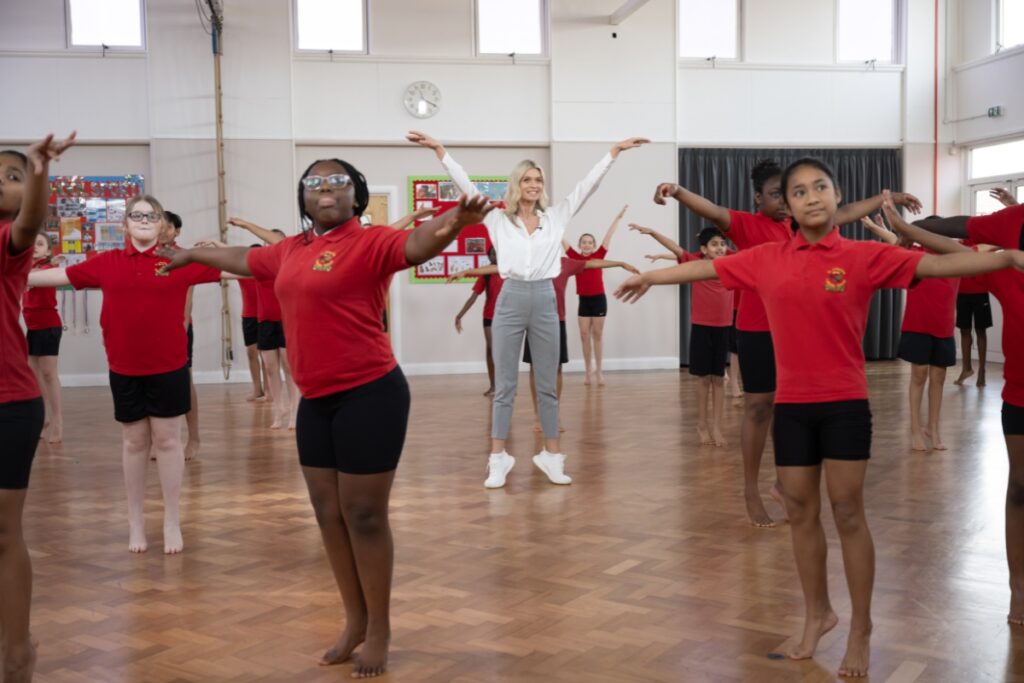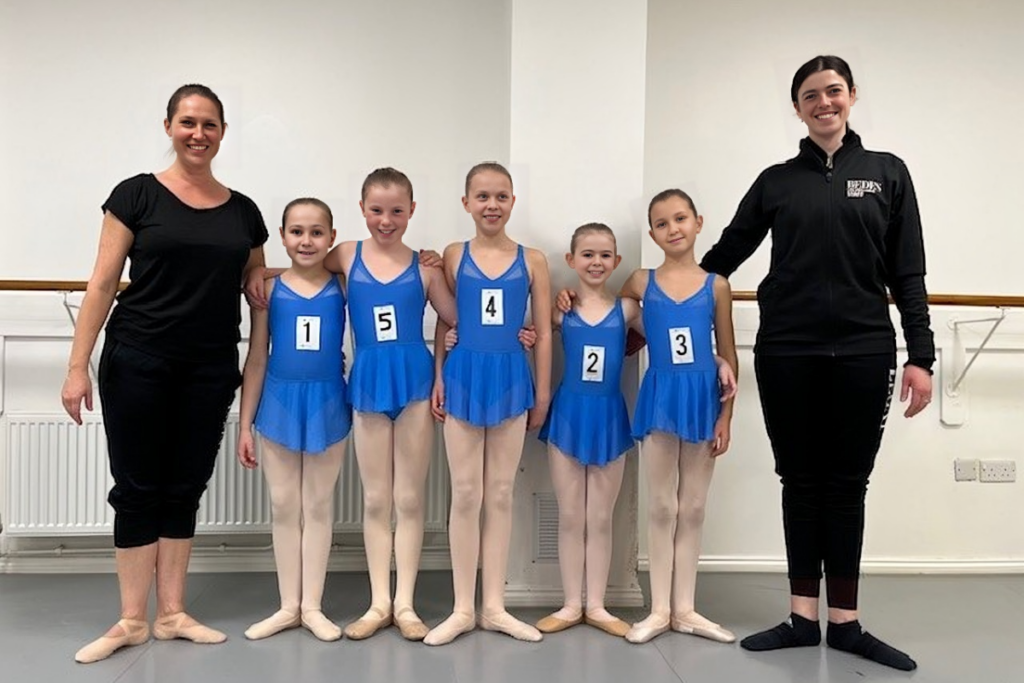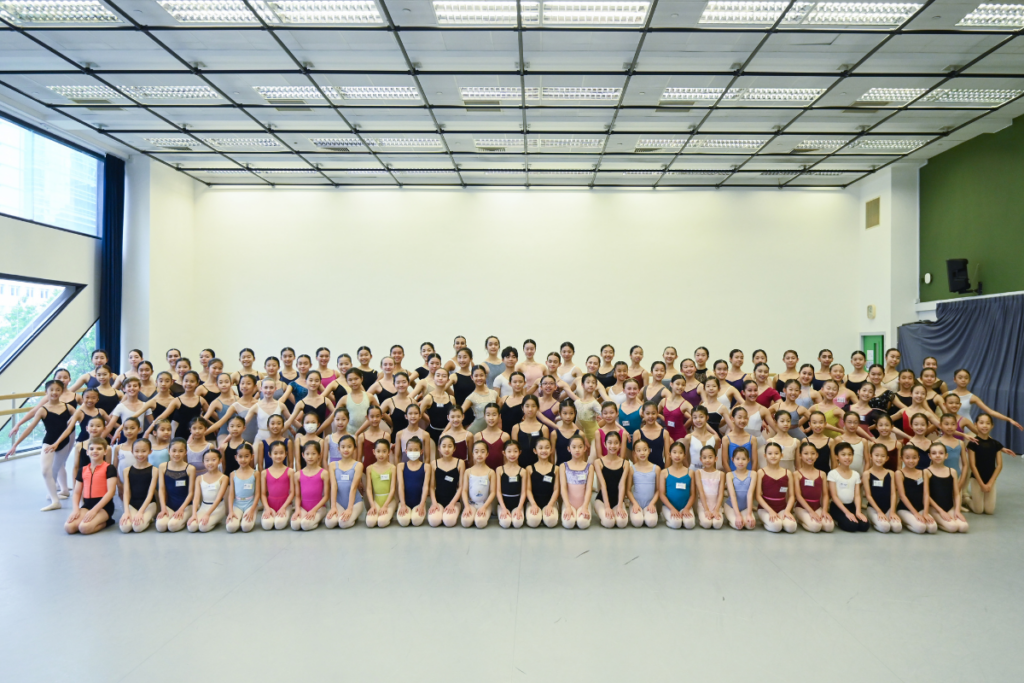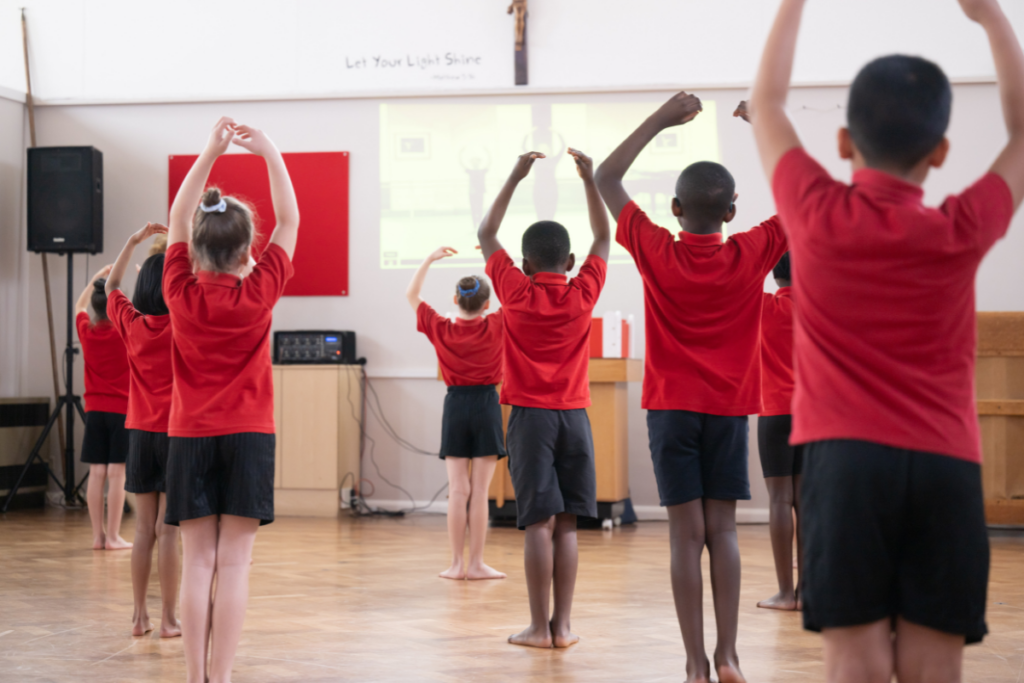Investigating the effects of the frequency of strength training in elite adolescent pre-professional ballet dancers: a PhD update with Jamie Harding
Earlier this year, we announced Jamie Harding, Upper School Strength and Conditioning Coach, would be conducting his PhD in collaboration with University of Essex to help the School optimise training techniques for pre-professional dancers.
Jamie’s PhD study, set to conclude in 2025, is a significant step in our understanding of strength training for ballet dancers. It delves into the optimal frequency and volume of strength training, crucial factors in enhancing our students’ performance and training. This study is not just a part of our commitment to improve our scientific understanding of our dancers but a collective effort to contribute more broadly to the wider dance science industry.
We spoke with Jamie about his multi-faceted research and some of his fascinating initial observations and findings.
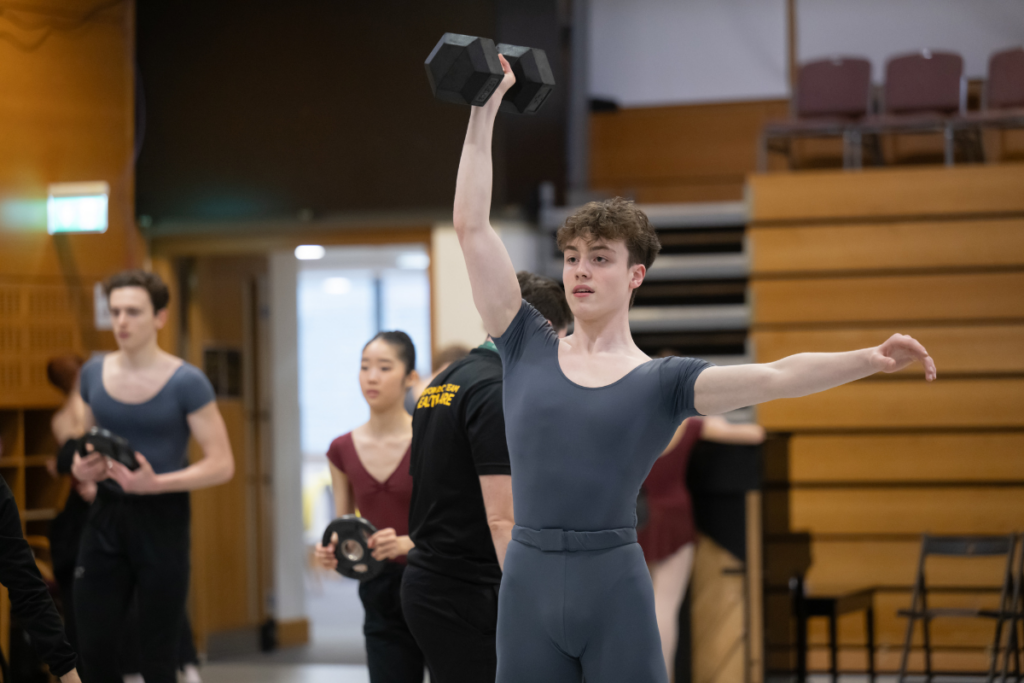
Reliability study
Within the broader context of training frequency, the initial focus of Jamie’s PhD research involves a reliability study:
The reliability study looks at the physical profiling tests we conduct with the dancers at the start of the year and at the beginning of each term to measure and monitor their strength, power, and muscular endurance.
Having conducted physical profiling tests on our students for several years, Jamie was interested in understanding how accurately the tests depict someone’s strength, power and muscular endurance.
The results will help us understand whether, if you were to do the profiling tests on two separate occasions and strength, power and muscular endurance stayed the same, but the score varied significantly, would that be due to a real change, or would it potentially be due to error in the test? This will give confidence to us, other ballet schools and other performance settings that we can use these tests and know they are sensitive to real physical performance changes and that the changes we are seeing are not down to errors in the tests, but that they’re trustworthy and we can rely on them to monitor physical changes.
Jamie is currently conducting the statistical analysis for this study, but initial findings suggest that the tests performed are reliable, showcasing there is precision in the tests that can be trusted when observing how the physical qualities of the dancers have changed.
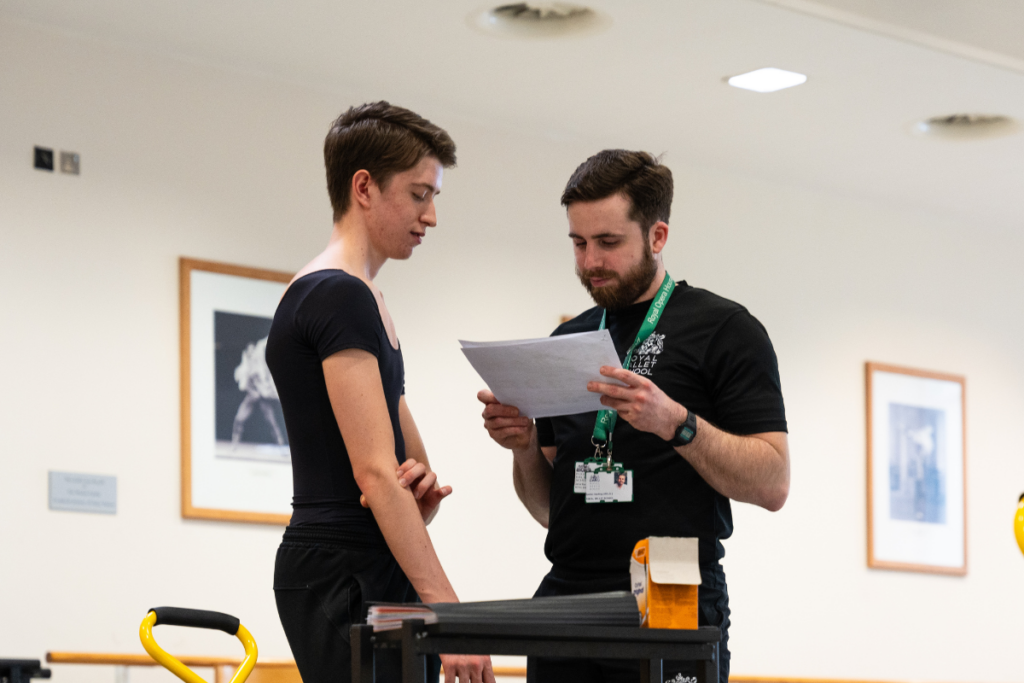
Investigating the physical profile of a dancer and how these change over the training year
The second and third studies Jamie is conducting focus on describing the physical performance profile of an elite adolescent ballet dancer and how this fluctuates from the start to the end of the training year. Compared to other performance disciplines, there is a lack of academic research on ballet dancers, particularly surrounding the normative power, strength and muscular endurance levels of elite ballet dancers aged 11-19.
These studies look to change this and add to our understanding of elite adolescent dancers:
We are looking at how we can utilise the data from our reliable tests to build a physical performance profile of a male and a female ballet dancer at White Lodge all the way through to 1st, 2nd and Pre-professional Years at the Upper School. This will benefit us as a Healthcare team because we will be able to reference those values in the future to see whether we are improving the physical profile of the dancers year on year.
Not only will this give us internal reference values and a physical profile of each year group, but it will also give the external ballet world useful reference values in their populations, something which is currently lacking. As one of the top ballet schools, it makes sense for us to be transparent with our information and for others to use that information to guide their practice in order to be the best school they can be and to produce the best ballet dancers they can.
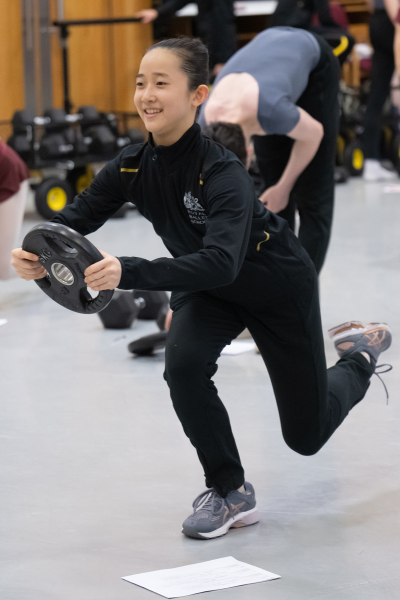
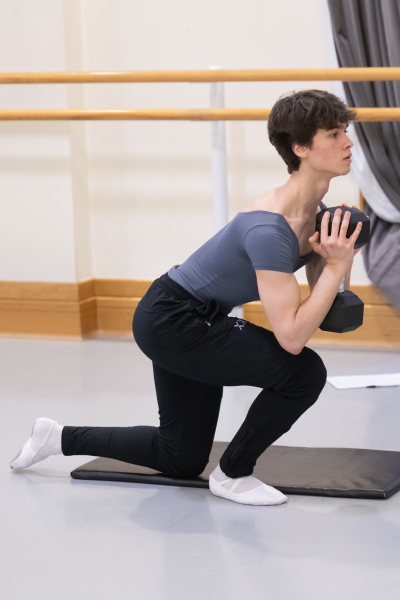
Jamie’s third study further investigates the physical performance profiles of our dancers and how they change throughout the year at The Royal Ballet School, testing the dancers at the start and end of each term to monitor changes in strength, power and muscular endurance.
With the dynamic schedule and the different demands placed on the dancers, I wanted to see how their physical qualities changed throughout the year. We would hope and expect dancers to improve in their physical performance as the year goes on, but that unfortunately isn’t always the case for multiple reasons.
I am still looking at the performance data, but it seems that these physical qualities fluctuate throughout the year; the level of strength, power and muscular endurance we expected the dancers to have at their physical peak with optimal levels of strength, power and muscular endurance was in some cases when dancers were at their most tired. We want to ensure the dancers are at their physical peak when they need to be, and if it is the case that dancers are physically fatigued when they need to be at their best, then we can identify and address this at an individual level to ensure dancer peak performance.
The results obtained will furnish both the Healthcare and Artistic teams with insights into optimising our training approach. This includes adjustments to our strength and conditioning programmes and refining scheduling strategies. The ultimate goal is to ensure that dancers reach their peak performance precisely when it is crucial for them to deliver their best.
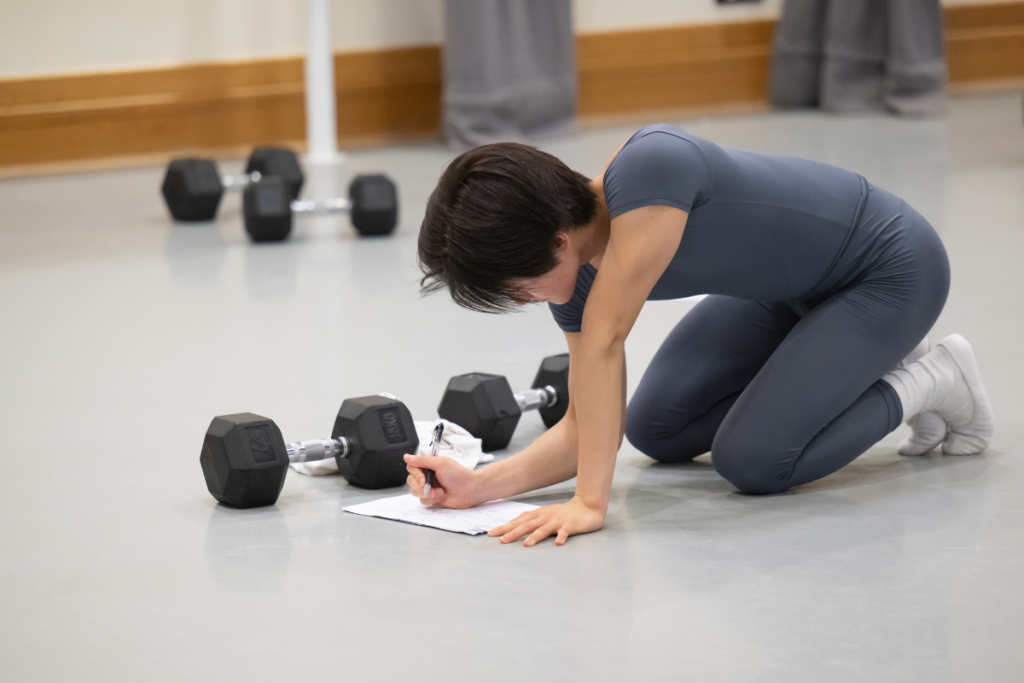
Microdosing strength and conditioning
Jamie’s final study investigates how best to improve the physical performance profiles of our dancers via different methods of delivering strength and conditioning.
While strength and conditioning has been a regular practice at the School for many years, Jamie was keen to explore alternative solutions to overcome some of the barriers to performance. Jamie and the Healthcare team identified that one 45-minute gym session, the historical strength and conditioning delivery at the School, often was not conducive to enhanced performance due to dancer fatigue, scheduling and other factors.
He devised breaking our strength and conditioning training into more achievable, bite-sized chunks throughout the week, allowing for a ‘microdosage’ of strength training:
I split the Upper School dancers into three different groups using their strength, power and muscular endurance results to slit the groups equally. One group is doing the usual 45-minute strength and conditioning session; another group is completing three separate 15-minute sessions a week, with the idea that it is more digestible and less fatiguing; and the last group is following the same format but with 50% more training volume compared to the other two training groups. If we can split strength and conditioning training up to make it more digestible, there may be additional opportunities to include more training for better strength, power and endurance adaptations.
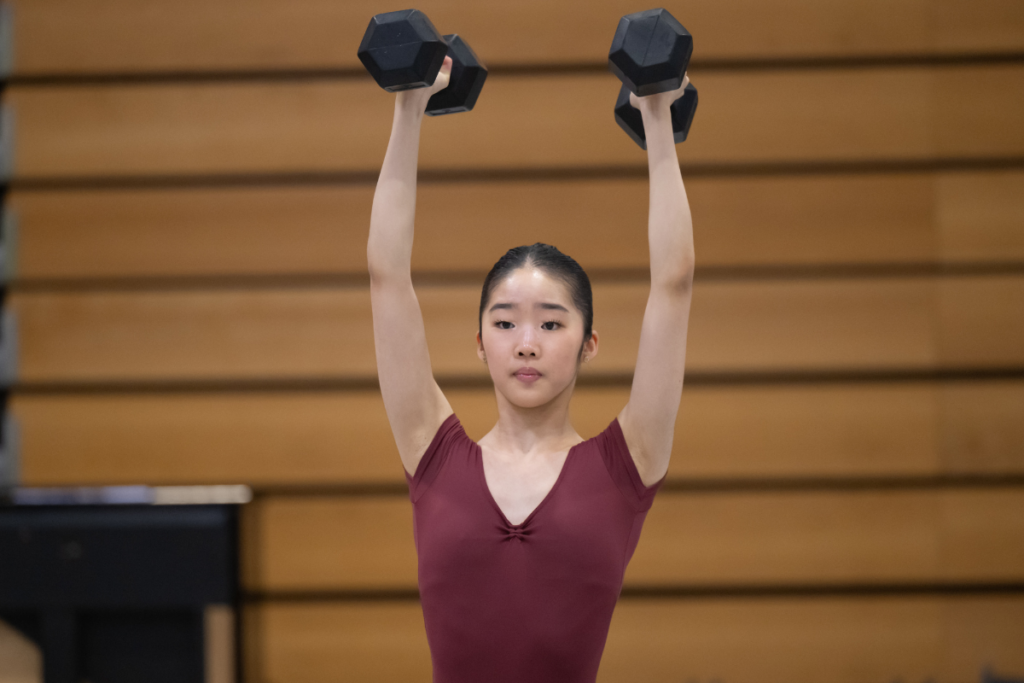
This study also changes the delivery of our typical training, bringing the gym to the studios:
We decided with these smaller 15-minute training sessions it was best to bring the gym to the studio to make it as smooth as possible. We invested in heavy-duty trolleys, which allowed us to transport all the equipment we needed to perform a strength and conditioning session, including dumbbells, kettlebells, weight plates, plyometric boxes and other equipment.
The idea is that the dancers finish class and go into a strength and conditioning session. Energy is relatively high after ballet class; dancers are warm, so they don’t have to worry about warming up and spending extra energy, as well as saving the time needed for changing and getting to the gym.
Feedback so far shows that many dancers enjoy this change in strength and conditioning with more frequent sessions, and they feel it leaves them fresher for the next day’s training as compared to bigger sessions with more training volume, so providing a higher ‘dose’ of training. Some also feel they can push harder in each session, achieving the physical adaptation we want without holding back.
The study is expected to be completed by 2025, with the initial findings set to be released and published in the coming months. The results are hoped to help the wider dance industry and other performance disciplines better understand how to structure elite adolescent development and training.

